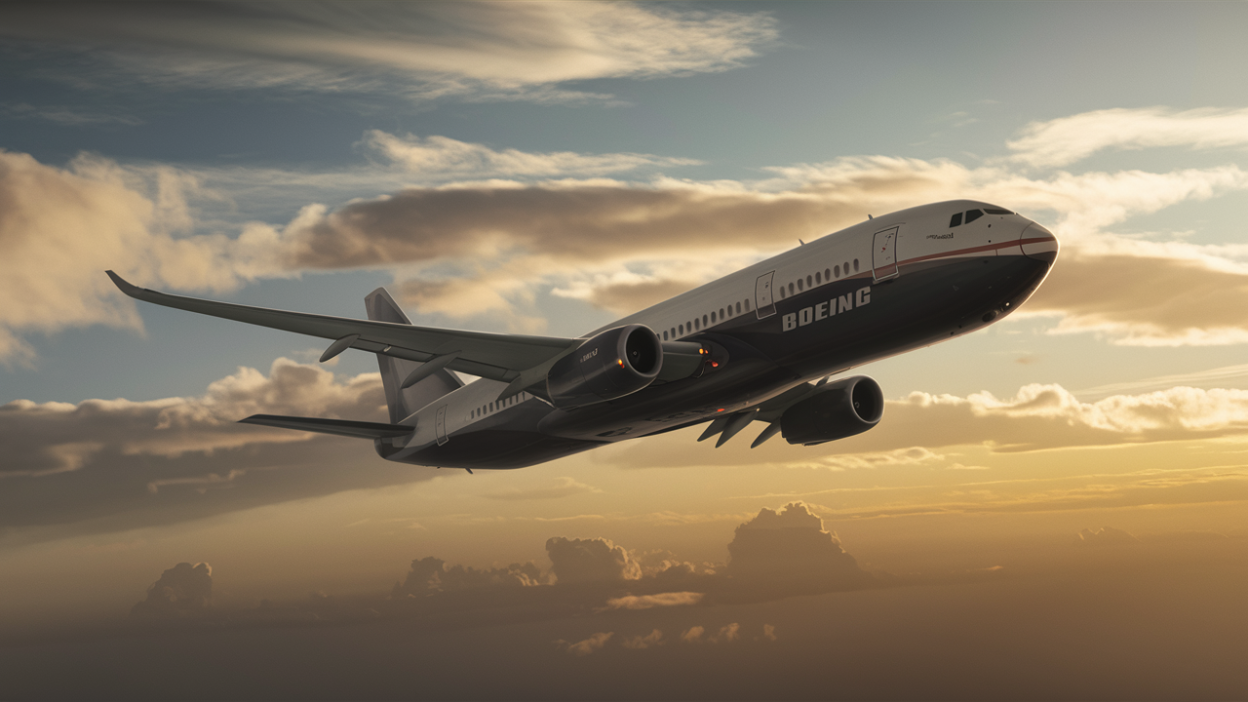What Was the Gimli Glider?
On July 23, 1983, Air Canada Flight 143, a Boeing 767 aircraft, made aviation history in one of the most extraordinary emergency landings ever recorded. The plane, which was supposed to fly from Montreal to Edmonton, suddenly ran out of fuel mid-flight, causing both engines to fail at an altitude of 41,000 feet. With no power, no engine thrust, and limited instrument functionality, the aircraft was turned into a massive, powerless glider and yet, it landed safely.
This astonishing event later became known as the Gimli Glider, named after the abandoned air force base in Gimli, Manitoba, where the pilots managed to land the aircraft without any fatalities or serious injuries.
What Caused the Gimli Glider Incident?
The core issue was a metric conversion error during refueling. Canada had recently switched from imperial to metric units, and the fueling crew incorrectly used pounds instead of kilograms to calculate the amount of fuel required. As a result, only about half the needed fuel was loaded into the aircraft.
Here’s a simplified breakdown:
Required: Fuel measured in kilograms
Provided: Fuel mistakenly measured in pounds
Outcome: Aircraft ran completely out of fuel mid-flight
This critical error led to the engines shutting down entirely — something that commercial airliners are rarely built to handle.
Meet the Heroes: Captain Pearson and First Officer Quintal
Despite the terrifying situation, Captain Bob Pearson and First Officer Maurice Quintal kept their composure. Quintal remembered the former military airstrip at Gimli, which was now being used for recreational purposes, including drag racing.
With no engine power and gliding through the air, the pilots had to:
- Steer manually without hydraulics
- Use the Ram Air Turbine (RAT) for basic control
- Judge altitude and distance with limited instrumentation
- Avoid crashing into crowds at the Gimli race track
Against all odds, they landed the aircraft safely, blowing two tires and damaging the nose gear, but saving all 69 people on board.
Aftermath and Impact on Aviation
The Gimli Glider 1983 incident triggered major changes in aviation procedures, including:
- Better metric training for ground and flight crews
- Improved fuel monitoring and verification systems
- Additional training for emergency gliding scenarios
The Boeing 767 involved in the incident was repaired and returned to service just months later, and it flew for over 25 more years before being retired in 2008.
Why the Gimli Glider Still Matters?
The story of the Gimli Glider 1983 isn’t just about a mistake — it’s about human skill, calm decision-making, and survival against the odds. It is still studied today in aviation schools and safety programs around the world.



